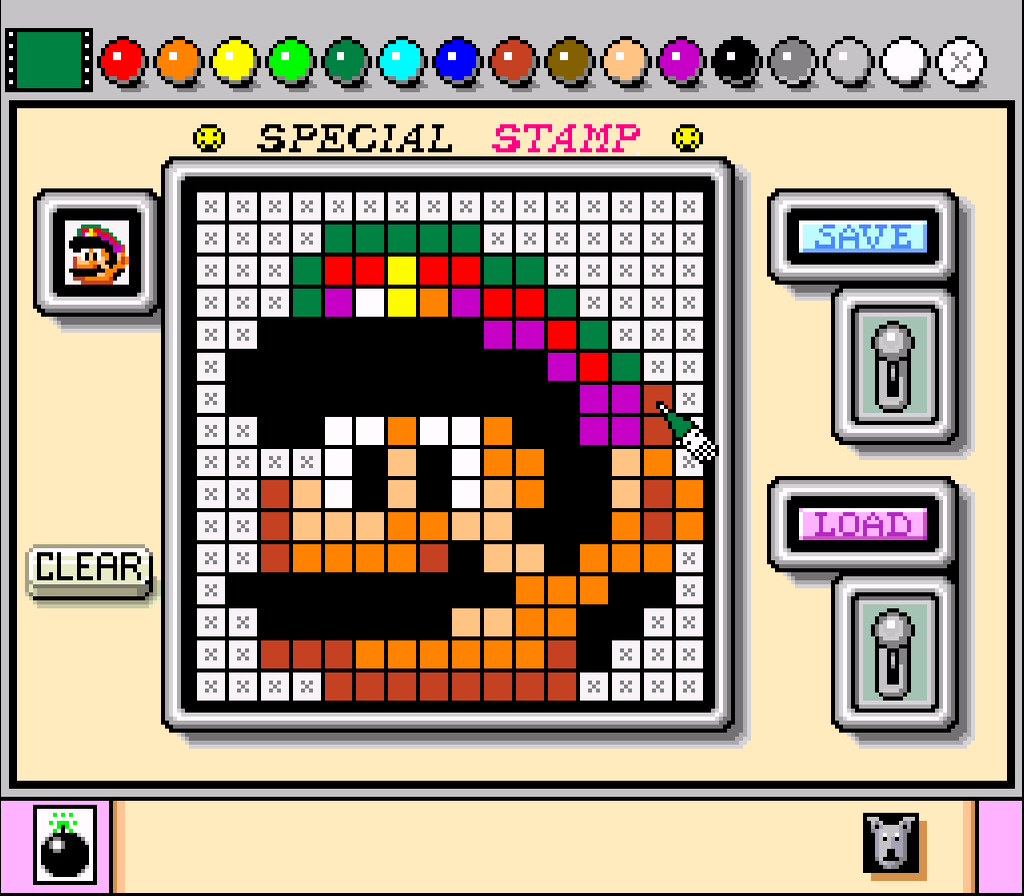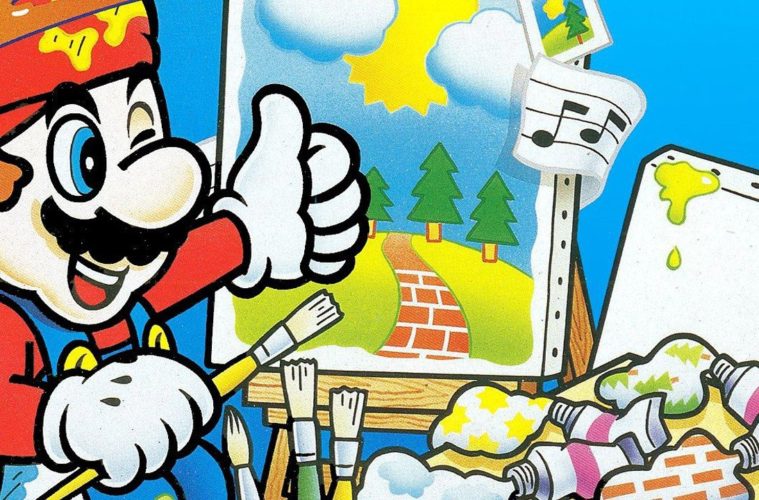There was one advantage that computers had over the home gaming systems. They could create different games. The Genesis and the Super Nintendo did not have the capacity for a person to create new things on their systems. This did not stop Nintendo and in 1992, they released a game that wasn’t a game at all. Mario Paint allowed players to create their own scenes and simple animations.
The premise was simple: Using the mouse that came with the game, players could create scenes using a simple stamp and pixel method. There were over one hundred different stamps that players could put in order to recreate some of their favorite moments from games or an entirely new picture. There was also a mechanic that allowed moment for the characters they created. If you got bored, a fly swatting mini game was also included.

You might think it was simple, but Mario Paint was anything but. Magazines and even a dedicated strategy guide took players through the steps to create masterpieces. You could make scenes from Mario Bros to Zelda if you wished. The biggest advancement was the mouse, as a controller would not be able to handle the detail and precision required. If you lost that, this game would simply not work.
The legacy of Paint was that it started a genre of “make it yourself.” The direct descendant of this game is Super Mario Maker. It took the idea of a gamer making something new to it’s obvious conclusion. Now, players could play the levels that Mario Paint could only dream of. It’s influence does not stop there. Earthbound, one of the greatest RPG’s of all time, was created using some of the music used in the game.

There was never a sequel to Mario Paint, but the game was so different that a sequel might not have been possible. Spending hours creating new versions of old worlds opened up possibilities and might have sparked the interest in art some adults have now. You might not have appreciated it at the time, but it was the beginning of something special.
